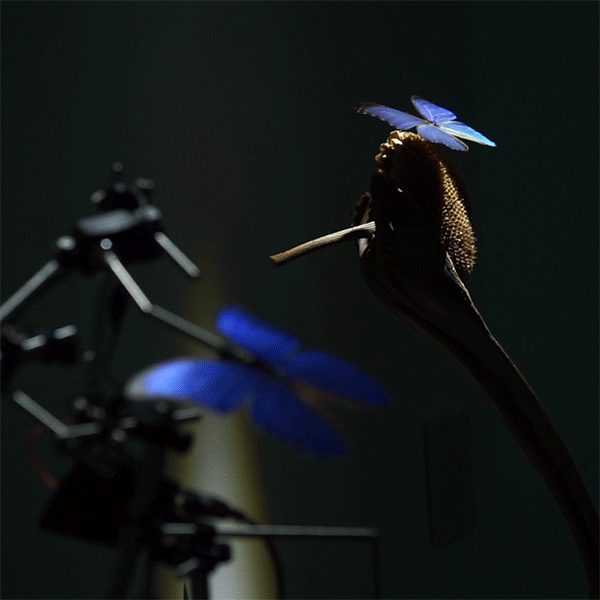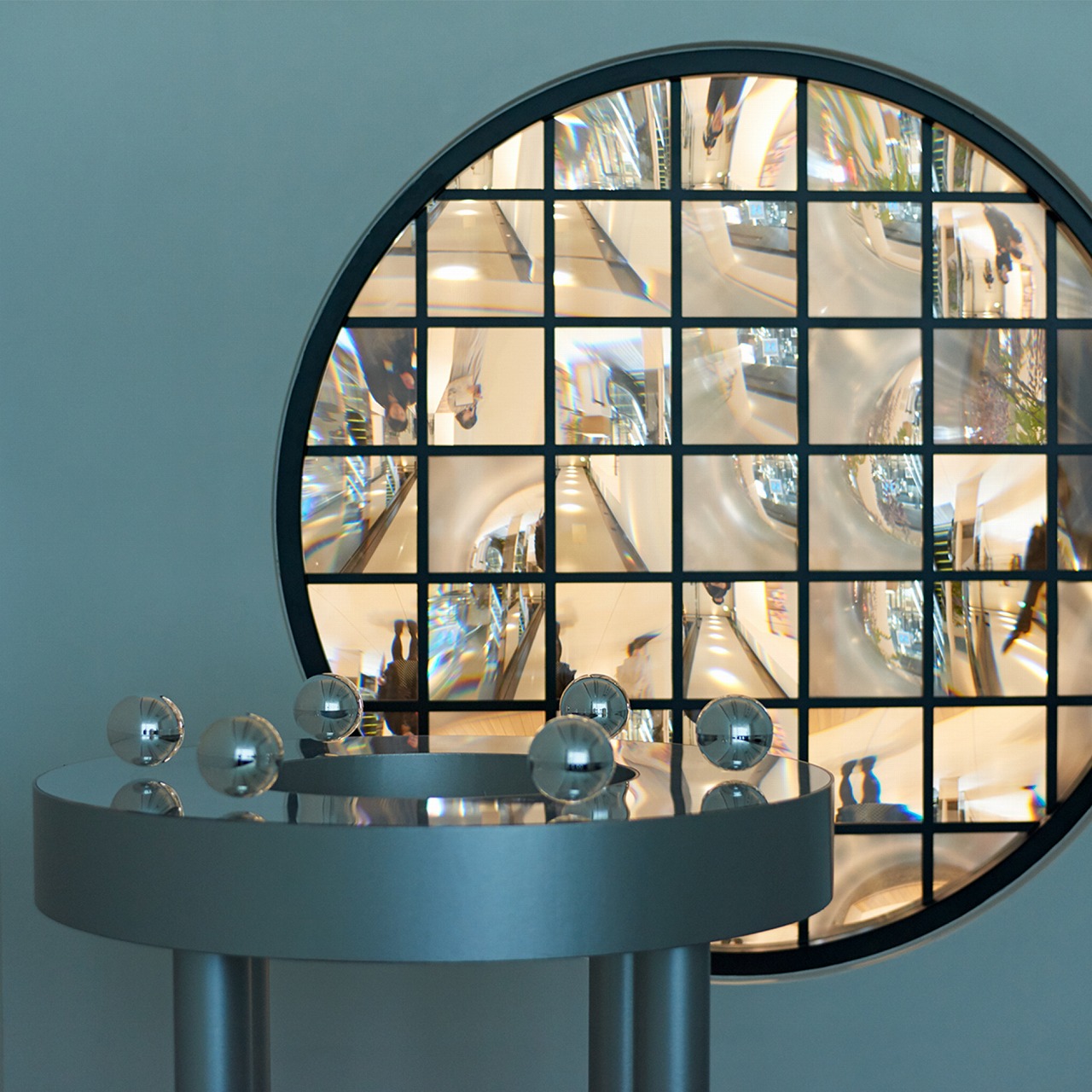YOICHI OCHIAI
PEOPLEText: Victor Moreno
At your Eye of Gyre exhibition “Beauty of Natural Resolution – End to End Transformation of Material Things – Digital Nature”, you appeared to explore the contrast between the artificial and nature: pure and organic vs modern, industrial and digital. Also how human beings react or interact between those parameters. Do you agree? Could you please explain these ideas in your own words?
I refer to this phenomenon as “Supernature” to mark the beginning of a ubiquitous century of Digital Nature. In the future, we won’t be able to distinguish between what is artificial or not. This will be, so to speak, the “turning point” of everything. As humans, we will need to find ways to adapt to these situations in a few decades.

Digital Nature, Live and Dead, Dynamic and Static © Yoichi Ochiai, Courtesy of HiRAO INC.
Could you kindly explain briefly how the magnetic fields in Levitrope and Silver Floats (hovering structures exhibited at Eye of Gyre) work?
There are two key steps. First, we optimize the gravity point in the 3D models using computer graphics and 3D printing. Secondly, we embed a magnet inside the model and stabilize the model with active electromagnetic coils in the basement.

Levitrope © Yoichi Ochiai, Courtesy of HiRAO INC.
Please explain in your own words the importance of the concept “Borrowed Scenery” and the experience of switching between landscapes in 3D and 2D and ultimately the deformation of reality.
Borrowed Scenery is an ancient Japanese principle that involves incorporating background landscapes into the composition of a garden. I used this idea against the context of the White Cubes of Modern Art. Today, our lives and art coexist in the context of changing urban scenery, the environment, earth, human relationships and so on. I believe that art installations should reflect this – they must exist and be connected with these factors. Borrowed Scenery connects the Garden towards these outer environments and enhances the artwork in two ways: it is both a deformation of reality while at the same time enhancing reality set against the artwork background.
In the same spirit, could you please explain the difference between working with analog and digital devices means to you.
The time and space resolution is important. Digital devices are limited in terms of their spatial resolution. Analog devices are still open towards higher resolution.
Text: Victor Moreno




